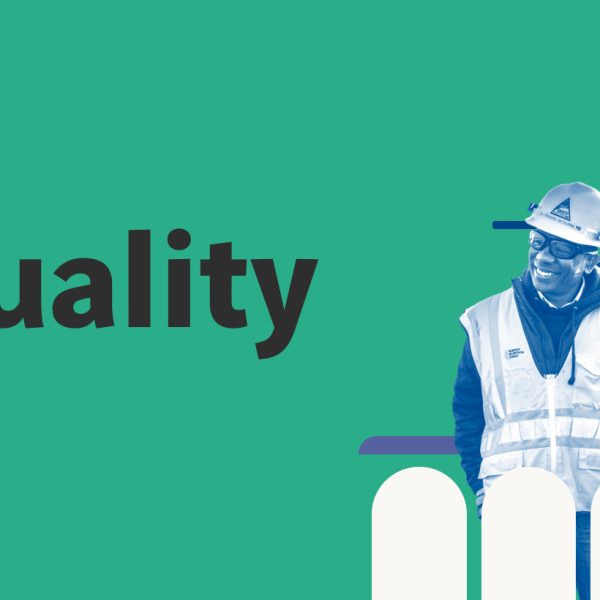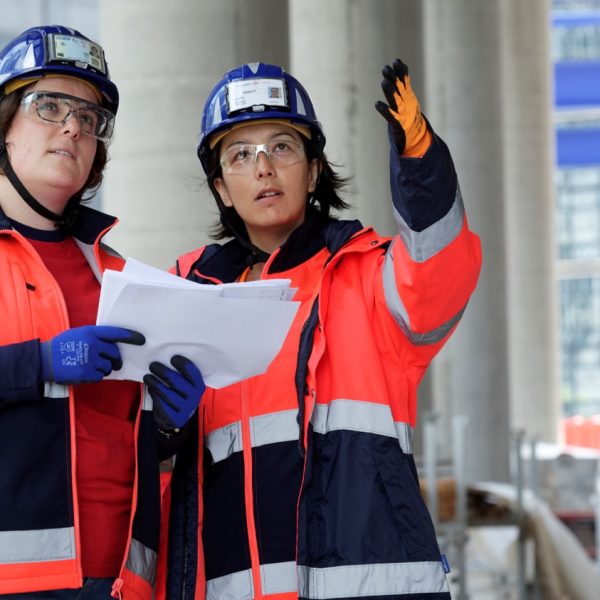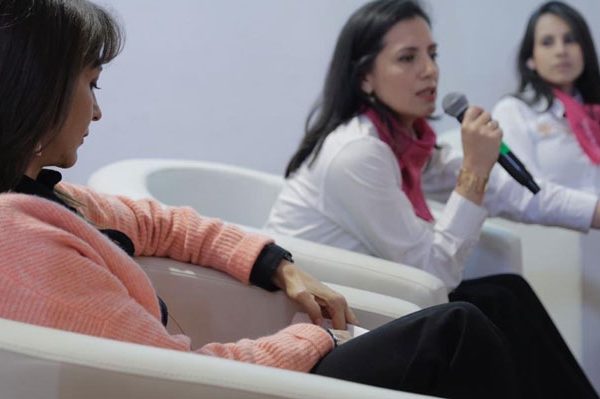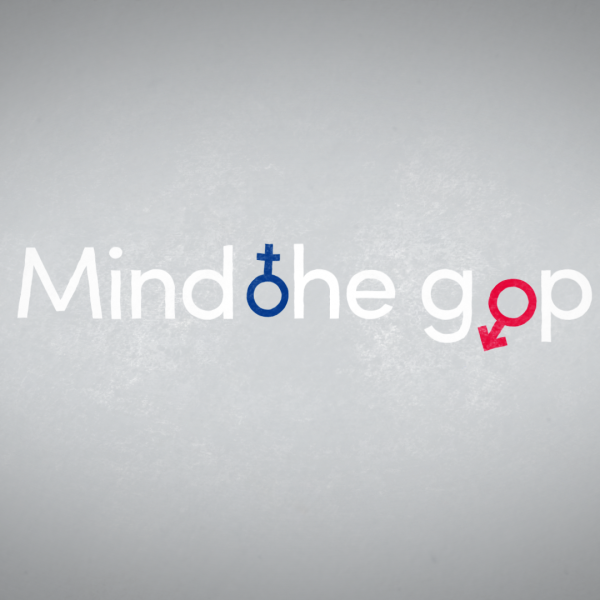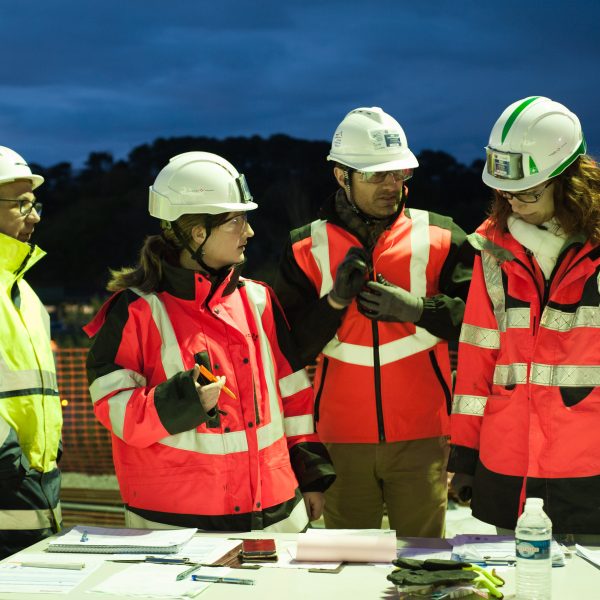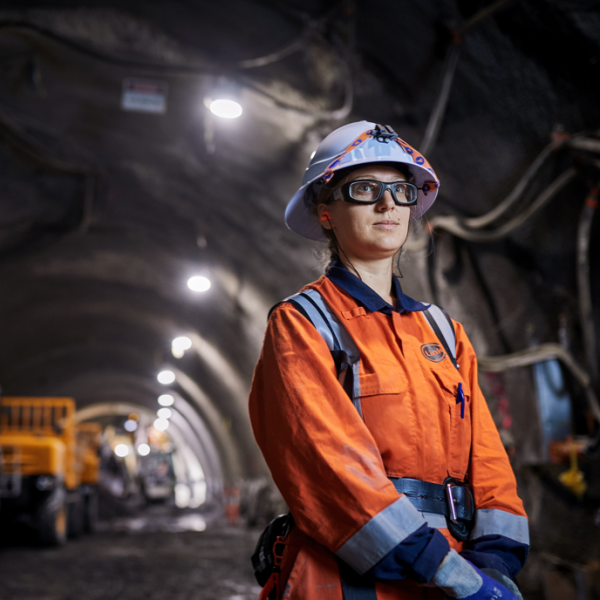
How can we deconstruct gender stereotypes in the workplace? Analysis by Patrick Scharnitzky, Associate Director of AlterNego

When, and why, did you become interested in the topic of inclusion in business and the impact of stereotypes in working life?
I have always worked on these topics, especially since my PhD was on the subject of stereotypes. At the time, we talked not about inclusion – that word did not exist – but rather, about discrimination. After joining AlterNego, I began to be offered conferences, training courses… and gradually I discovered how the company was an ecosystem in which diversity was a genuine issue. It’s an ecosystem within which all the actors are interdependent (unlike in real life, where we tend to work in silos that don’t mix much): this co-dependence at work means that you can’t get things done without help from others! So I was particularly interested in this field, both as an experiment and to introduce a form of diversity that could be found in the outside world. I believe the company has become an extremely interesting sandbox in which to develop models and support all stakeholders.
As we know, we all have unconscious stereotypes and biases. But how do you communicate them to a whole company, and particularly to management and recruitment teams?
It is useful to be working with a section of the population that has unintentional stereotypes. Society and culture tell us that there’s something wrong with us if we have stereotypes – but those stereotypes are so embedded in us from birth that we need to start a process of deconstruction.
How can we implement this deconstruction process?
We therefore all need to humbly admit that we have stereotypes, and then we need to put firewalls in place to avoid using them.
But this is a major undertaking: from birth, parents condition their relationships with their child through beliefs and stereotypes. This conditioning starts so early that this anatomical binary split between women and men can very quickly become a gender binary split: in other words, it creates a breeding ground for confining little girls within a so-called “female” model and little boys within a so-called “male” model. And this extreme oversimplification increases the risk of gender stereotyping.
So today, it is vitally important for us to work on the issue of stereotypes, because although not all stereotypes lead to discrimination, there can be no discrimination without stereotypes. The ultimate goal is for to live well together; and to do this, we need to create an environment in which people are happy (and therefore not harassed, discriminated against, stigmatised or excluded).
How can we encourage female talent to join professions and sectors that are still very “male”; for example, construction?
If we are to attract women to so-called “male” jobs, no one solution will work on its own; instead, actions must be taken on all fronts. Firstly, there is work to be done to deconstruct any stereotypes that women may have about the sector and the working environment. One way is to feature role models of women who have made careers there, to show that it is possible!
Secondly, HR action on equal treatment should be taken, to show that the company is neither sexist nor discriminatory. The aim is to train managers and support all those involved in the fight against all forms of sexism and discrimination. The salary issue is very important here: if the company wishes to attract as many women as men, it needs to work internally on equal treatment to ensure that the positions offered are attractive to all.
It is also necessary to have an attractive employer brand, which means working on the company’s communication. This may seem a trivial matter; far from it! Working on visuals, content, etc. is an important step in the process as we seek to project a less gendered, less masculine and more open company image to the outside world.
Finally, it must be promoted internally: a law was passed on 24 December 2021 to accelerate economic and professional equality, creating more gender diversity in management bodies. This form of positive discrimination required by law is a way of challenging the status quo of a well-established system, so that gender equality can be implemented, creating role models and acting as an inspiration.
What do you think is the way for us to create increasingly inclusive and gender-sensitive organisations?
Firstly, there is a considerable amount of upstream work to be done: the company is paying the price of a significant social legacy. This is a proactive approach that needs to be adopted by society as a whole (at earlier and earlier stages!) in order to deconstruct these gender stereotypes and binary representations, in whatever form they appear (physical or intellectual).
Looking at the question of engineering schools, it is extremely interesting to see that France is the only country in which all school assessment is based on scientific and mathematical skills. It is this balance of power that causes self-censorship for girls in mathematics. But fortunately, this is less and less true!
However, this old model is a very difficult one to break out of: one generation cannot change the whole course of things compared to the previous generation. This desired change is slow work, and needs to be carried out by all stakeholders in the ecosystem, by using advertising and the image culture to portray characters that make it possible to represent all kinds of individuality, in which boys and girls are put in roles that are not the same, and which resonate personally with children.
To conclude, I would say again that intellectual skills and the human brain are genderless: anyone can do any job, provided that there are no barriers put in place, either by ourselves or by the culture.
